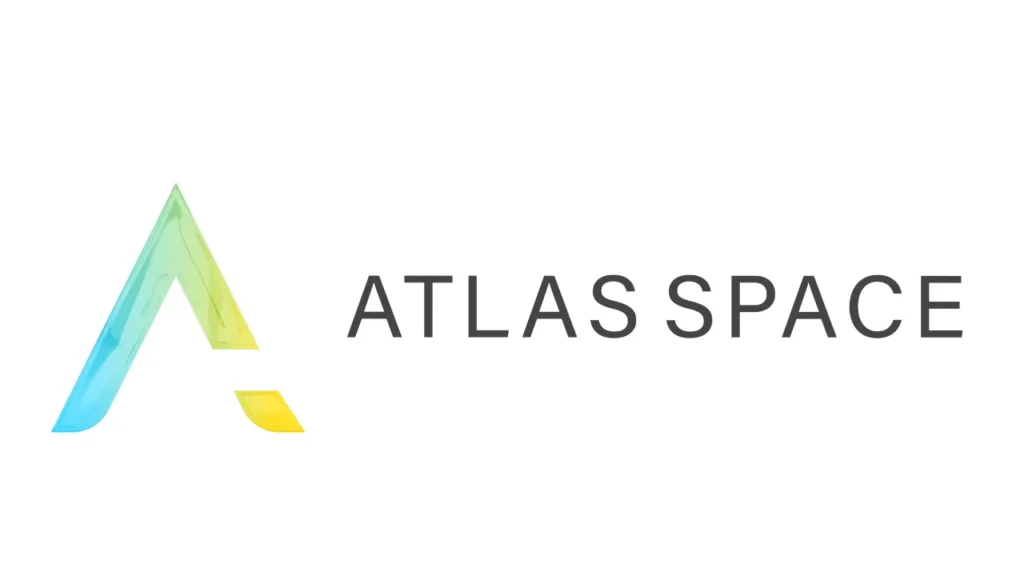
ATLAS Space Teams Up with HawkEye 360 for RF Data Partnership
ATLAS Space Operations has announced a strategic partnership with HawkEye 360, the foremost provider of space-based radio frequency (RF) data and analytics. This collaboration marks a significant step in enhancing HawkEye 360’s RF monitoring capabilities by integrating two of ATLAS’ key ground stations—located in Mingenew, Australia, and Awarua, New Zealand—into its already extensive ground network. This integration strengthens HawkEye 360’s ability to efficiently track RF signals from space, reducing data latency while adding capacity and redundancy to its operations in crucial regions.
According to Lorin Metzger, Vice President of Space at HawkEye 360, “Integrating the ATLAS ground stations in Mingenew and Awarua not only optimizes our network for reduced latency but also adds capacity and redundancy to our operations in key regions.” This partnership is part of a broader initiative by HawkEye 360 to expand its ground station network, ensuring faster data transmission and greater efficiency in satellite communication.
ATLAS Space Operations is known for its comprehensive Global Federated Network, which consists of more than fifty antennas strategically positioned across thirty-four ground sites worldwide. These stations enable ATLAS to offer coverage at all latitudes, but their particular strength lies in providing low-latency services for mid-latitude orbits—a feature that appeals to many satellite constellation operators, including HawkEye 360. By leveraging ATLAS’ ground infrastructure, HawkEye 360 gains improved access to its satellite clusters, ensuring timely and reliable data delivery for its clients.
Strategic Benefits of the Collaboration
The choice of Mingenew, Australia, and Awarua, New Zealand, as ground station locations was not arbitrary. These sites were selected for their strategic positioning and operational readiness, making them ideal for HawkEye 360’s mid-latitude satellite clusters. Expanding the ground network through these locations supports more frequent satellite interactions, a necessity for improving data relay times and meeting the growing demands of customers who depend on timely RF intelligence.
The partnership also aligns with HawkEye 360’s long-term vision of increasing its global ground station footprint through 2025. As the company expands its satellite constellation and increases its analytical capabilities, it requires a more robust and adaptable ground segment to match. The integration with ATLAS’ ground stations serves as a critical step in this ongoing process, reinforcing HawkEye 360’s ability to provide actionable intelligence with minimal delay.
Torrey Wigfield, ATLAS’ Director of Commercial Solutions, emphasized the broader impact of space-based solutions, stating, “ATLAS recognizes the vital role space-based solutions play in our daily lives. We are thrilled to provide HawkEye 360 with this expanded coverage, supporting their RF Spectrum Analysis mission and its positive global impact.”

Technological Advancements in RF Data Processing
A major advantage of this partnership is the ability for HawkEye 360 to harness ATLAS’ gigabit-per-second X-band modems. This advanced technology significantly enhances data downlink capabilities, particularly for HawkEye 360’s latest satellite additions. The Cluster 11 satellites, which are part of the company’s expanding constellation of thirty-three spacecraft, feature transmitters designed for high-speed data transfer. By utilizing ATLAS’ high-performance ground infrastructure, these satellites can downlink data at speeds four times faster than previous models, thereby accelerating the delivery of crucial RF intelligence to end users.
ATLAS’ Chief Technology Officer and Co-Founder, Brad Bode, highlighted the role of their proprietary software in this integration. “Freedom Ground Software as a Service was purpose-built to help companies like HawkEye 360 seamlessly expand their ground network locations and minimize latency, all while maintaining the high level of security our customers rely on,” Bode stated. The software enables streamlined and secure data management, ensuring that HawkEye 360 can rapidly scale its operations without compromising on performance or security.
Expansion and Future Prospects
The successful integration of HawkEye 360’s operations with ATLAS’ ground stations in Mingenew and Awarua is just the beginning. With the completion of this single integration effort, HawkEye 360 now benefits from connectivity across the entire ATLAS Federated Global Ground Network, made possible by ATLAS’ patented Freedom Software. This technological advantage means that as demand for HawkEye 360’s RF data and analytics continues to rise, the ATLAS network is well-positioned to grow alongside it.
This collaboration also underscores the increasing importance of resilient and adaptable ground station networks in modern space operations. As satellite constellations become more sophisticated and data demands increase, partnerships like this one will be crucial in ensuring uninterrupted access to high-quality RF intelligence.
HawkEye 360 is at the forefront of space-based RF monitoring, providing critical insights to government agencies, commercial enterprises, and non-governmental organizations. Its satellite clusters detect and geolocate RF signals, supporting applications such as maritime domain awareness, spectrum monitoring, and national security. By expanding its ground station network through ATLAS, HawkEye 360 strengthens its ability to deliver timely and accurate data to clients worldwide.
Meanwhile, ATLAS continues to refine and expand its Global Federated Network, further cementing its role as a leader in satellite ground station services. The company’s approach to space communications prioritizes flexibility, security, and high-speed data transmission, all of which are essential for supporting cutting-edge satellite missions like those of HawkEye 360.
The strategic partnership between ATLAS Space Operations and HawkEye 360 represents a significant advancement in RF data processing and satellite communications. By integrating ATLAS’ Mingenew and Awarua ground stations into its network, HawkEye 360 gains enhanced coverage, increased redundancy, and faster data relay times—factors that are critical to its mission of providing high-quality RF intelligence.
As the demand for RF data analytics continues to rise, partnerships like this will play a key role in shaping the future of space-based monitoring and intelligence gathering. The integration of ATLAS’ Freedom Ground Software and high-speed modems further enhances HawkEye 360’s capabilities, ensuring that its customers receive timely and reliable insights.
Looking ahead, both companies remain committed to expanding their reach and improving their technological infrastructure to meet the growing needs of the space industry. With this collaboration, they set a new benchmark for efficiency, security, and scalability in satellite-based RF data collection, reinforcing their positions as leaders in the space technology sector.




